Thousands celebrated in Sheffield when canal connected city to sea
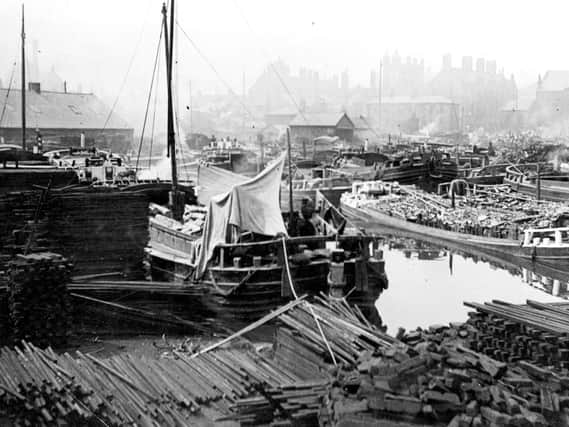

The whole of Sheffield took the day off to celebrate one of the most significant changes to the city ever.
Times were hard. It was not long after the battle of Waterloo and the price of wheat was kept artificially high and there were signs of civil unrest throughout the country, so not a time to throw a party or spend a lot of money either but Sheffield had been waiting for this moment to arrive since 1739.
Advertisement
Hide AdAdvertisement
Hide Ad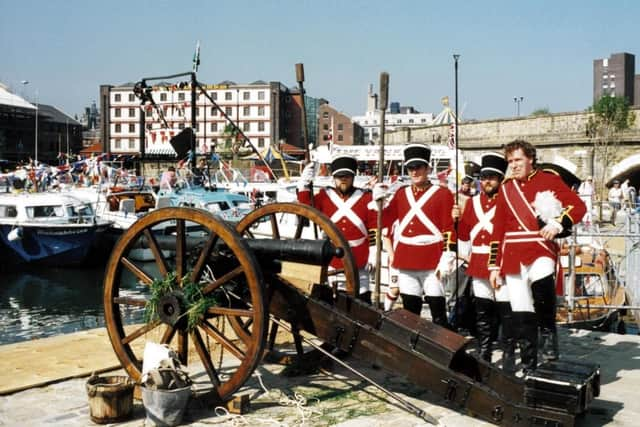

The last link in the chain that would connect Sheffield city centre directly to the ocean and the known world beyond, the opening of the Sheffield Canal meant Sheffield was no longer landlocked and hampered by poor roads and steep packhorse routes.
It was “the first time since the Creation, a direct navigable communication was commenced from Sheffield to every sea, river, and continent of the known world.”
Only four miles had separated the city from the Don navigation at Tinsley but the Sheffield merchants had had to fight almost every inch of the way because of landowners and the need to use the river for water power, making water diverted away to make a canal a problem.
However, it was the voracious appetite of the forges for coal and a temporary shortage that made the canal a priority.
Advertisement
Hide AdAdvertisement
Hide Ad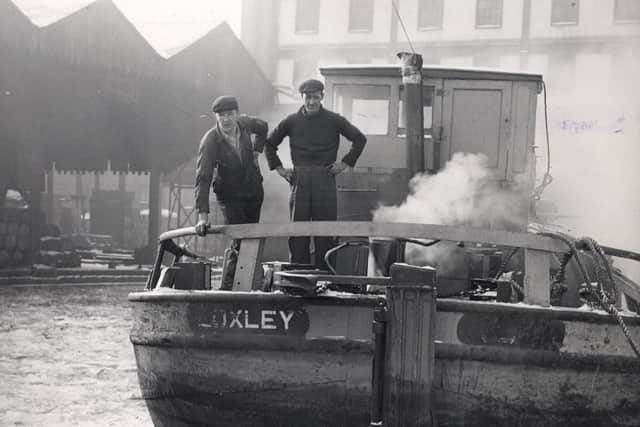

There followed more arguments about which route, but in the end the more expensive route was agreed to.
Many of the merchants and cutlers were anxious to expand their trade in Europe and just wanted the job done.
It cost £20,000 a mile but everybody in Sheffield who could, bought a share. This was a source of pride because they felt the people paid for the canal.
Over 60,000 people crammed round the Sheffield Canal Basin to see the first flotilla of barges come into the basin.
Advertisement
Hide AdAdvertisement
Hide Ad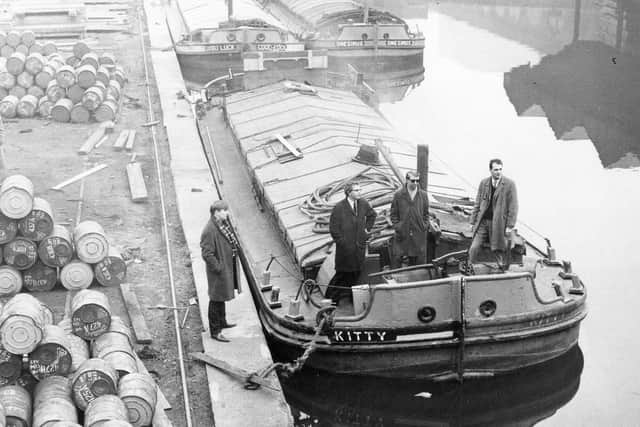

There was a parade of dignitaries that walked up to Waingate and to the Tontine Inn, which used to be across from the Old Town Hall, for a celebratory dinner, and around 20 toasts were given so they must have been pretty merry by the end of it.
The next day there was a grand ball (for the ladies). On the 23rd the papers proudly listed the Sheffield Ship News.
After the party came the hard graft. Around 10 boats a day came into the Basin in the beginning.
The barges or keels were horse-drawn through some areas and by sail the rest. The keels are described as broad and square and ugly but when in full sale beautiful.
Advertisement
Hide AdAdvertisement
Hide Ad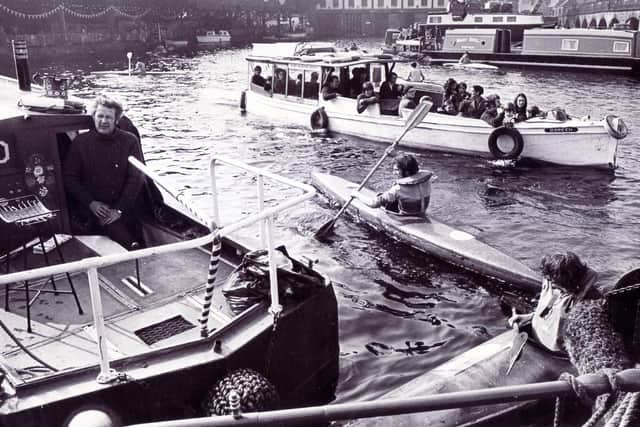

Squeezed into the cabin was the captain and his family. The wealthier master might own his boat and a rent lodging for his family.
A keel could travel to Hull and transfer its load to a larger ocean-going vessel or hug the coastline and sail direct to London.
The barge master had to be more than a freight carrier, he had to be a mariner.
Family members sometimes left the canals to join the navy.
Advertisement
Hide AdAdvertisement
Hide AdThere is a tendency for history books to dismiss the canal as no longer important after the railways came but it was still the best way to transport some loads for a long time afterwards, and people still have memories of the canal as a working canal.
The last working barge was called the Dorothy Pax, which is also the name of the bar where we are holding the bicentenary party for the canal.
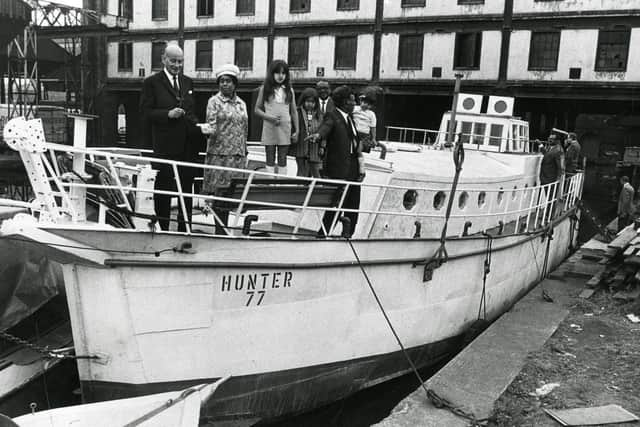

The event takes place at the bar and in Victoria Quays from 11am. Events include a recreation of the 1819 flotilla with a brass band on the lead boat, a giant igloo that will host a range of activities including a silent disco and live theatre experience with a huge storybook, a
fire dancer and music from a DJ.